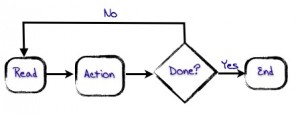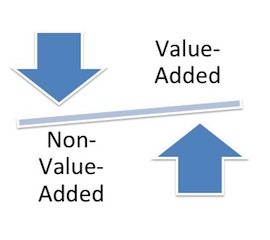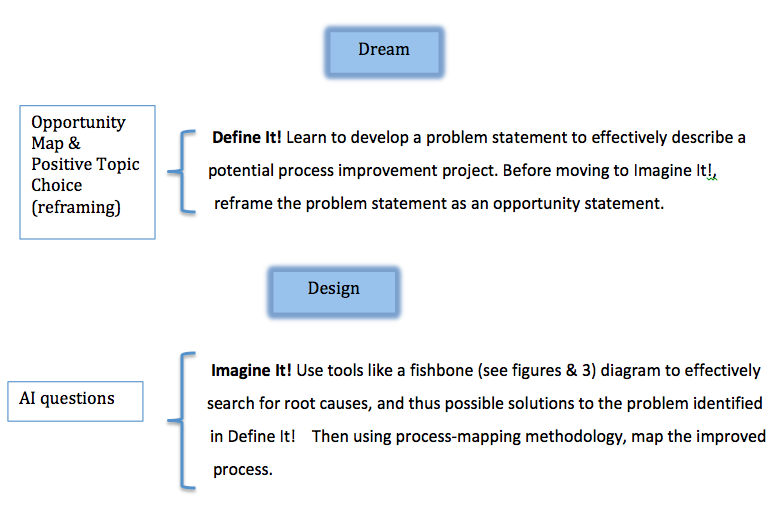Last week I had a consultation meeting with a potential new client. They are a digital marketing agency, and are the epitome of funky, professional, fun, and creative. I very much enjoyed my conversation with them, as I always do when learning about a new (to me) industry.
Consultation discussions always start out casually with the usual small talk and commentary on what is going on around us (this group works in a shared creative work space, and the energy is palpable). As often happens with people who are interesting and interested, the conversation morphed naturally into questions and answers about what they do and where they want to grow and how Whiteboard can help.
This client came to us via a referral from a previous client. As such, they already knew a bit about what we do, and yet they still weren’t sure what we could or would do for them. They just knew they needed us. Why? Because they wanted to build the processes they needed before they needed them.
I thought this was genius, and through the course of our conversation a phrase came up that I’ve already reused a half dozen times since then. “We want to have fun,” they said. “Our clients have to see us having fun. So I guess we are afraid that processes will limit our ability to be flexible and have fun.” I responded, “so what you want is the structure that will let you have the fun.”
“YES!” they replied, smiling as if to say, “By George, I think she’s got it!”
This idea of flexible structure is an important one for all businesses of all sizes, and particularly those that are on the tipping point of growing to a new level.
What’s a Process Again?
First let’s revisit the concept of a business process. Essentially, everything that you do with some repeatability is a process. At a high level it may involve things like this:
- Sales
- Developing a quote or proposal
- Establishing scope or business requirements
- Project management
- Customer service
- Invoicing
You may not think you have a process. Perhaps you are a small or medium organization for which things happen organically. Maybe everyone does everything and does it their own way, and it’s working out just fine, thank you very much. But guess what? There is a process. There are many processes, and they are all different and they all accomplish the same thing slightly differently.
This is usually just fine for a while. Because it’s a small team, you can roll back your chair and shout down the hallway to your partner and solve issues easily. Customers know you all by name, and although things go wrong once in a while it’s no big deal because someone is always able to fix it.
But here’s the thing. Before you know it, this will NOT be ok. You will hit a tipping point in your growth, and suddenly things will be confusing and chaotic and you’ll be stepping on each other’s toes. You won’t be able to outsource anything because the roles and responsibilities you have defined (or not defined) are unclear and difficult to chunk out into trainable units. You won’t have clear expectations for outcomes, customers will start getting annoyed, and you will be limited in how fast you can grow because you simply can’t handle everything on your own anymore.
This is when the structure becomes important.
By taking the time before you hit that tipping point, you will set yourself up with just the right amount of structure to ensure you present yourself as clear and capable, while remaining flexible enough to grow, change your minds, and yes, have fun.
How to Define Your Structure
The structure I’m talking about does not involve your org chart, and does not require a huge amount of work. Rather, it involves three things:
- Goals and priorities: Take the time to define your Mission & Vision statements, and settle on your goals for the coming period. You may have this locked down in your own mind, and it’s just as important to ensure it’s documented and visible for others so they know what they are trying to impact.
- Roles & responsibilities: Document the various roles in your organization. This doesn’t mean write down what everyone does (e.g. Ruth handles the sales process). Rather, it means document the person-agnostic roles that are required to run the business well. (e.g. Business Development, Outside Sales, Project Manager, Customer Service) One person can of course do more than one role, but the roles must be distinct.
- Key Corporate Processes: Note the key processes that your organization needs, and that must be done in a certain way in order to achieve a quality outcome? This definition allows you to outsource and train new people to a given standard. It also allows you to modify and be flexible as needs require – a process is just written on paper. It can always be changed!
Once you’ve set out your goals, roles and process expectations, you’re ready to grow. Everyone knows what needs to happen and (perhaps more importantly) HOW it needs to happen. Standards are clear and timelines are defined. You have structure, and you also have the option of changing that structure as required. Why? Because good processes are flexible.
Until next time,
Ruth.



 A process can be defined as a series of actions or steps that are undertaken in order to achieve a particular outcome. Some common examples that may resonate with you – think of the steps that are involved in each:
A process can be defined as a series of actions or steps that are undertaken in order to achieve a particular outcome. Some common examples that may resonate with you – think of the steps that are involved in each: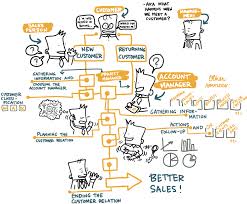

 mething could go wrong, you’d be right. And how might that be a good thing? It can protect you from dangerous situations.
mething could go wrong, you’d be right. And how might that be a good thing? It can protect you from dangerous situations.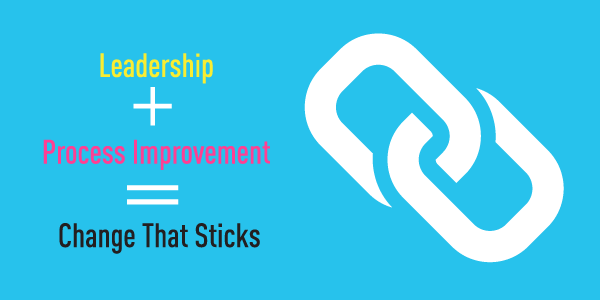
 respectfully, PFFT.
respectfully, PFFT.
